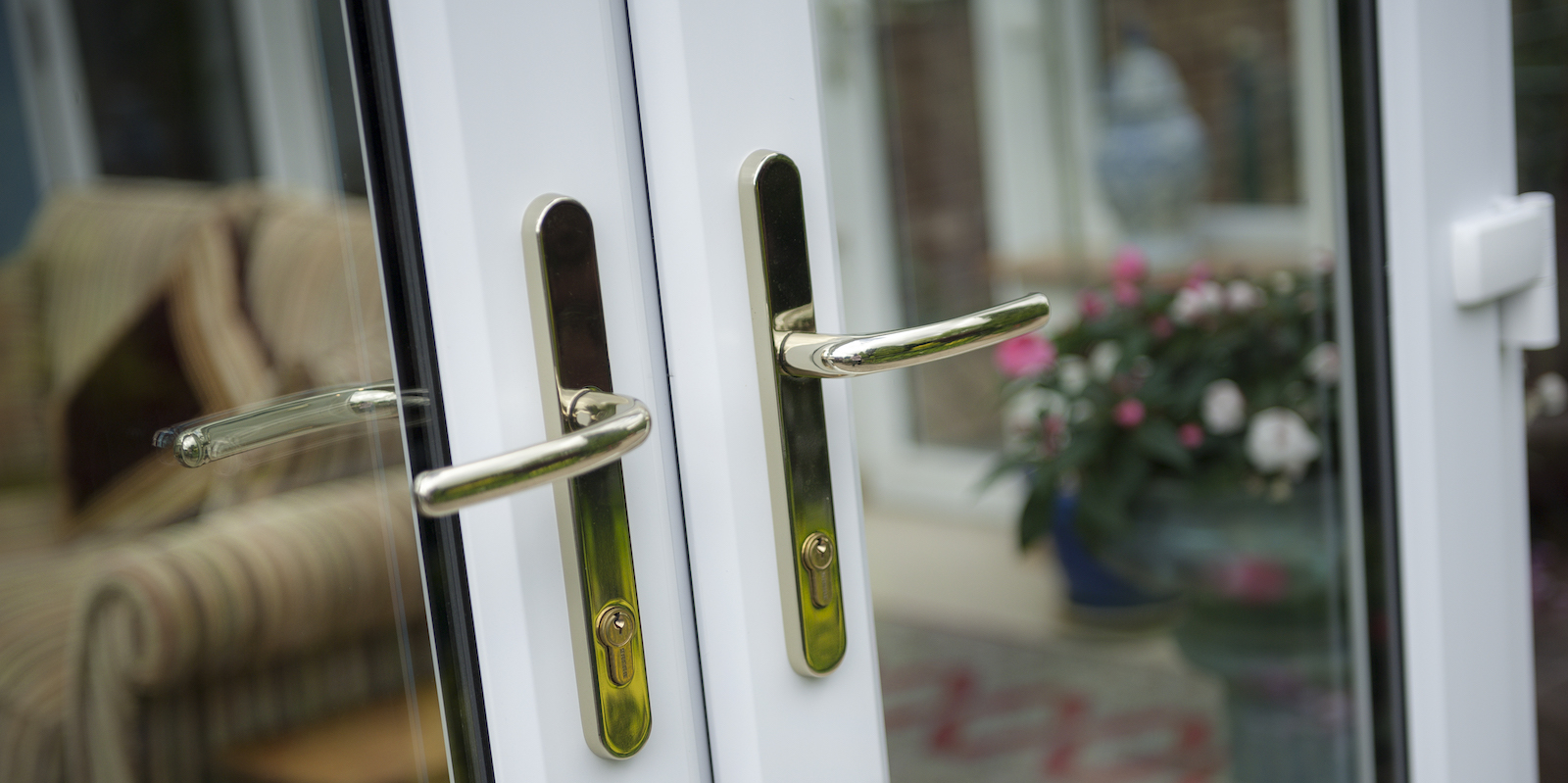This company has no active jobs
0 Review
Rate This Company ( No reviews yet )
About Us
See What French Door Adjustment Tricks The Celebs Are Using
A Comprehensive Guide to French Door Adjustment: Ensuring Functionality and Aesthetic Appeal
French doors have long been a cherished option for homeowners looking for beauty and functionality for their living spaces. Identified by their big panes of glass and the capability to open completely, French doors can change a room by inviting natural light and creating a seamless connection between indoor and outdoor environments. Nevertheless, like any other door, they might need modifications with time to keep their optimal performance. This short article will dive into the nuances of French door adjustment, exploring why modifications are required, how to perform them, and responding to common concerns on the topic.
Comprehending French Door Mechanics
French doors generally consist of two panels that swing open from the center. They might have various locking systems, hinges, and frame configurations, which all contribute in their total functionality. Here are some common elements included:
- Hinges: These are vital for swinging the door open and closed, and they should be effectively lined up to make sure smooth movement.
- Locks and Latches: Mismatched locks can cause security issues and affect functionality.
- Limit: The bottom part of the door frame can end up being unequal, causing gaps and drafts.
Why French Door Adjustment is Necessary
Gradually, French doors can experience misalignment due to:
- Settling of your home: Homes naturally settle, triggering frame changes which can misalign doors.
- Humidity and Temperature Changes: Wood doors can swell or shrink with humidity and temperature fluctuations.
- Wear and Tear: Regular use with time can result in loose hinges or irregular limits.
Correct adjustment of French doors is important to preserve not just their aesthetic appeal however also their functionality.

How to Adjust French Doors
Adjusting French doors involves several steps and may vary a little depending on the particular setup. However, the following basic procedure uses widely to most French door setups.
Step-by-Step Adjustment
- Evaluation: Begin by inspecting the hinges, frame, and threshold for visible gaps or misalignments.
- Gather Tools: You will need:
- Screwdriver
- Level
- Shims (if required)
- Allen wrench (if hinges are adjustable)
- Adjust the Hinges:
- Loosen the screws on the hinges a little.
- Utilizing an Allen wrench, change the hinge screws (if suitable) to raise or decrease the door panel until it lines up correctly.
- Tighten up the screws back after adjustment.
- Check the Alignment: Use a level along the door’s edge to guarantee it stands directly. Change as required.
- Change the Threshold: If gaps continue at the bottom, use shims under the threshold or adjust it according to producer instructions.
- Check the Locking Mechanism: Ensure that the doors lock safely into location without forcing them.
- Final Inspection: Check for any draft or misalignment after changes and correct if needed.
Maintenance Tips
- Regularly check hinges and locks for wear and tear.
- Tidy hinges with a lube to minimize friction.
- Inspect weather condition removing and replace it if it reveals substantial indications of wear.
When to Seek Professional Help
While many homeowners can resolve small modifications separately, some circumstances warrant professional assessment:
- Complex issues associated with structural problems within your house.
- Serious misalignment triggered by extended wear, necessitating replacement of hinges.
- Problems with lock mechanisms that require specialized tools and proficiency.
Common FAQs About French Door Adjustments
1. How often ought to I adjust my French doors?Adjustments need to
be made as needed. A seasonal check is advised to make sure ideal functionality, specifically after considerable weather condition changes. 2. What tools do I need for adjustment?Basic tools consist of
a screwdriver, level, Allen wrench, and shims for
supporting unequal thresholds. 3. Why is my French door sticking?Sticking might result from humidity triggering the door to swell or from
misaligned hinges. Check for grooves and change as necessary. 4. Can I change French doors myself?Yes, with fundamental tools and a little knowledge of the parts, many house owners can manage simple changes.
5. What if my French doors will not close properly?This can suggest major misalignment or harmed hardware. Examine the circumstance and consider professional aid if it can not be resolved with simple changes. French doors can significantly enhance the visual and practical qualities of a home. Though they may need periodic modifications due to various aspects such as settling, humidity, and regular use, a few basic actions can
restore their performance. Routine inspections and proactive maintenance can prolong the life-span of French doors, permitting homeowners to enjoy their beauty and energy for many years to come. Eventually, a well-adjusted set of French doors not only serves practical functions however also contributes to the total sophistication of any area. Summary Table: Key Points for French Door Adjustment Element Description Components Hinges, locks, locks, limit Common Issues Misalignment, sticking, spaces Tools Needed Screwdriver, level, Allen wrench, shims Adjustment Steps Examine, change
